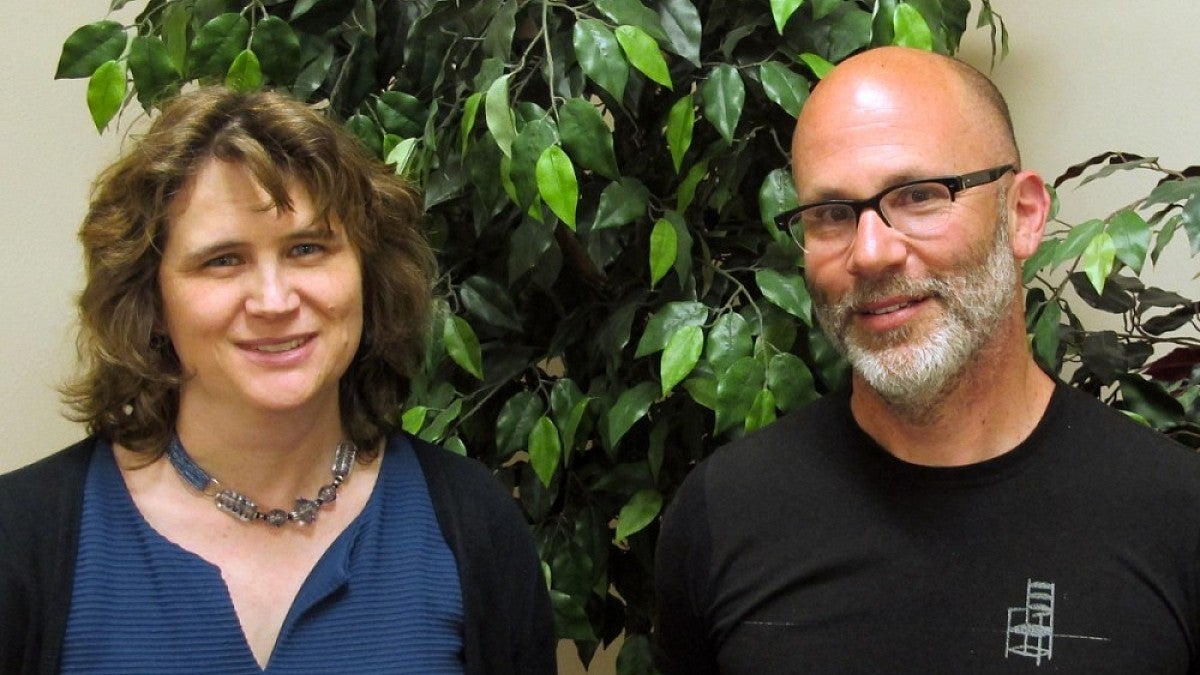At first read, a new study paints a sobering message about how many times children in foster care change schools. However, researchers of the UO and Eugene-based Oregon Social Learning Center report two approaches that could lessen the blow of that mobility.
"For foster kids who entered kindergarten with good language and literacy skills the moves didn't have a negative effect on them," said lead author Katherine C. Pears, an OSLC senior scientist and courtesy research associate in the UO Department of Psychology. "If you can start children out ready for entering the school system, you will be inoculating them to protect them against subsequent moves."
Pears and coauthor Philip A. Fisher, professor of psychology at the UO, also conclude that those making decisions in the foster care system should strive to keep children in the same schools or, at least, the same school districts when situations require moves or changes in foster families. Doing so, they argue, would help maintain social and academic connections already made by foster children with friends and teachers.
Foster children are 3.28 times more likely to move schools than their peers not in foster care, and four times more likely to move and change school districts during a school year, according to the study which appears in the journal Child Development. The collaborative paper also was coauthored by Hyoun K. Kim and Rohanna Buchanan, both OSLC researchers who also have appointments at the UO.
For more details, see the UO news release on the study.


